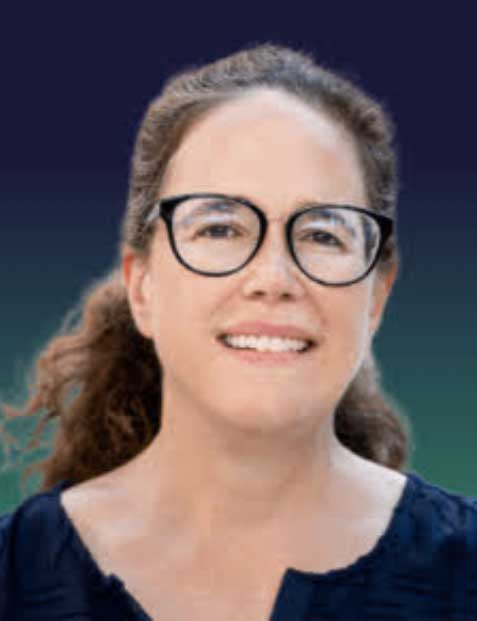
Mary Durbin is the VP of Clinical Science at Topcon Healthcare. She has more than 20 years of experience in medical equipment, research and clinical science, including 15 years in ophthalmic diagnostics. Topcon, a provider of innovative eye-care solutions to enhance clinical decisions, recently introduced TEMPO, a binocular perimeter that provides fast, accurate and comfortable visual field testing.
Ophthalmology Management: Topcon introduced the TEMPO Perimeter at AAO 2023. Can you tell us more about this device?
Mary Durbin: TEMPO offers a novel binocular approach that makes visual field testing fast and fluid for patients. It provides a full dynamic range, making it effective for use in screening through advanced glaucoma testing. TEMPO works well in ambient light and is designed to reduce fatigue for patients and operators. Binocular testing is easier on patients — it doesn’t require patching, and it randomly presents the stimuli in a continual, uninterrupted sequence. As a result, patients can’t tell which eye is being challenged at any given moment. This is helpful with malingerers and patients with functional vision issues. We’ve even had users tell us that not knowing which eye is being tested appears to lower the test stress levels for patients.
TEMPO is very exciting because its test results are comparable to standard automated perimetry, but testing is 39% faster.¹ Also due to the speed and fluid testing process, we have found that patients prefer testing with TEMPO perimeter, 4 to 1.¹
OM: Tell us about how TEMPO and Harmony, Topcon’s image and data management solution, work together.
MD: Harmony can seamlessly integrate the TEMPO test reports into the practice workflow, minimizing data entry and can easily display TEMPO results. They can be added to the Harmony timeline of procedures and reviewed individually and in sequence over time. Harmony also has a really clever “fader tool” that allows practitioners to stack a series of reports and slide through them visit to visit in a visual, dynamic fashion. This is helpful with visual fields, because it makes it easy to see if they’re changing and whether the change is significant. This is a really powerful duo that helps harmonize clinic flow.
We have learned from practices that technicians love TEMPO’s “no-click” handoff to Harmony; when the tech nician exits the test mode, the report is automatically sent to Harmony for review.
OM: Last year, Topcon launched the NW500 robotic fundus camera. Can you explain how it works?
MD: NW500 is a non-mydriatic retinal camera that utilizes slit-scan broad beam illumination with a rolling shutter mechanism. The slit-scanning technology minimizes light scatter, producing beautiful images with sharp quality, even in ambient lighting. It also enables effective non-mydriatic imaging, even for patients with pupils as small as 2 mm.
NW500 produces color fundus images across the three traditional fixation points (disc, center and macula) and a nine-point fixation option for peripheral photography. In addition, Topcon’s robotic technology enables fast, easy capture with just one touch. Fully robotic operation allows non-clinical staff to capture images with the NW500. Since the NW500 is so simple to operate, it is especially valuable in clinics facing staff turnover and training challenges. OM
REFERENCE
1. Nishida T, Eslani M, Weinreb RN, et al. Perimetric Comparison Between the IMOvifa (TEMPO) and Humphrey Field Analyzer. J Glaucoma. 2023;32:85-92.








